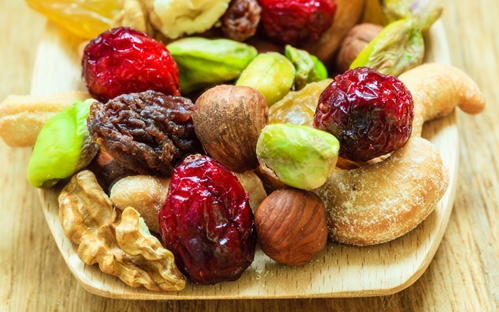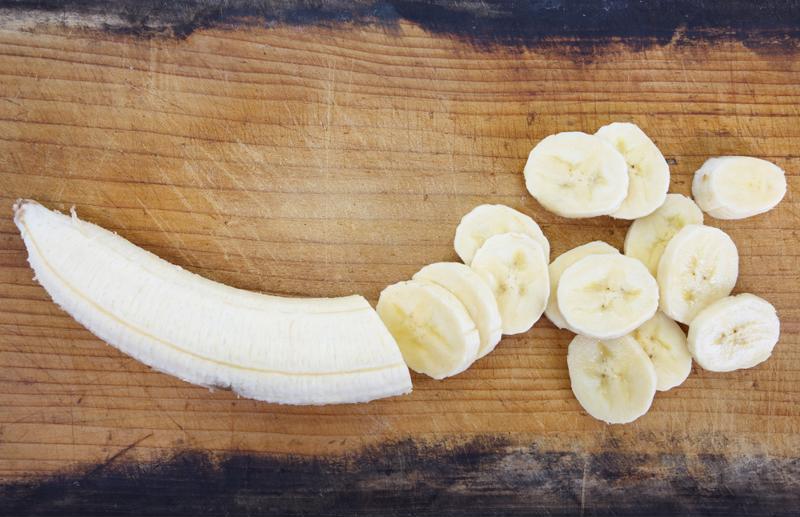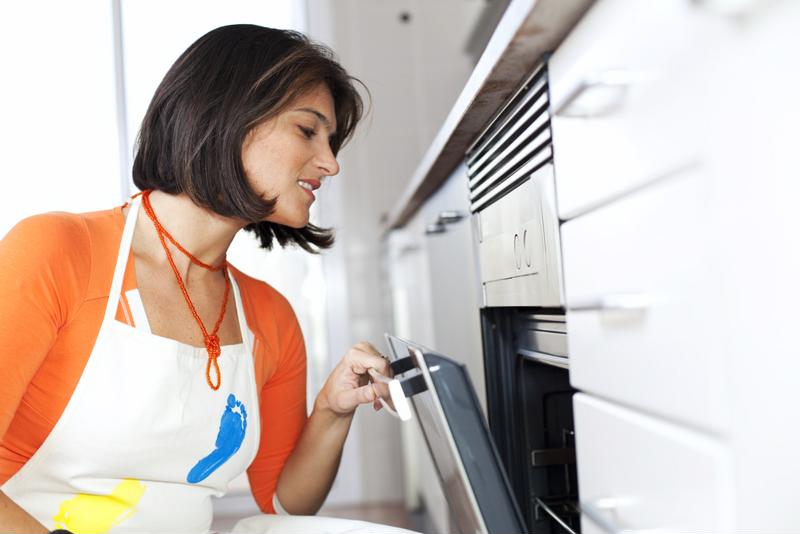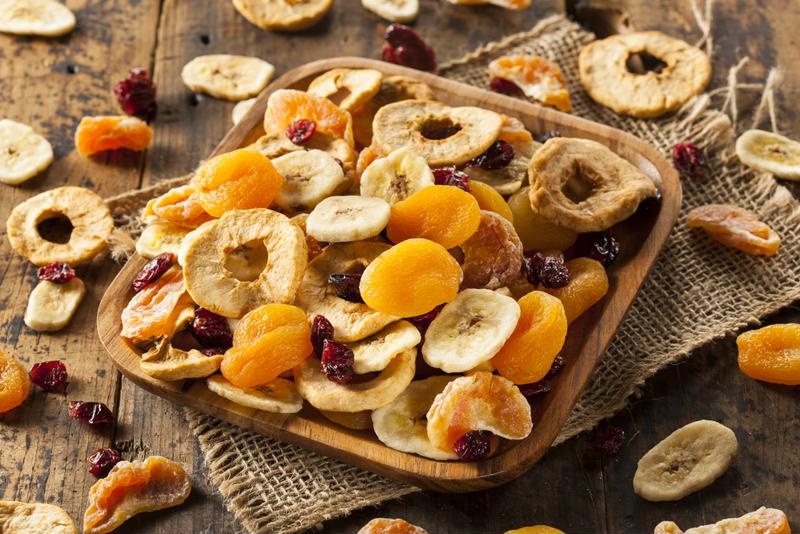
How to Dehydrate Your Fruits for Delicious Holiday Treats
- Tips and How To's
- 12/22/14
- Share
When it comes to dehydrated fruits, the possibilities are endless. Cranberries, blueberries, apples, pineapples - nearly any fruit can be dried and stored, but if you're trying out homemade dehydration, there are a few things to keep in mind to ensure you preserve the taste and quality of your fruit.
Get out your vacuum sealer, your favorite fresh fruits and a can-do attitude, because you'll need all three to get the ball rolling. Follow these steps next time you're trying to dehydrate your own fruits at home.
Step 1: Wash and Dry Your Fruits
After you've decided which types of fruit you'd like to dehydrate, start washing and chopping them. Cut your foods into small slices - thin pieces will dry more thoroughly than thick or large ones. Blueberries, cranberries and other fruits that are already small don't need to be sliced.

Step 2: Set the Oven to 140 Degrees
According to the National Center for Home Food Preservation, your oven is one of the best dehydration tools available. When used properly, your oven can create the ideal dehydration environment. Set your oven on its lowest setting - if your appliance doesn't go to 140 degrees, leave it on warm. Monitor your temperature throughout the process, as fruit dehydrated at higher levels will cook, not dry.
Step 3: Arrange Fruits on an Oven Tray
Separate your fruits by their type - put all strawberries on the same tray, while bananas go on another - and leave room between the pieces.
Step 4: Open Oven Door When Drying
Place the trays in your oven, but leave the door open. This allows air to flow, preventing humidity from reaching high levels and ruining your fruits.

Step 5: Dehydrate Your Fruits
Depending on the type of fruit you're drying, the cook time will vary. The Backpacking Chef reported that most fruits need to bake for eight to 12 hours, but denser ones - like mango and pineapple - may need to stay in the oven for up to 18. After eight hours, check the consistency of your fruit and determine whether you want them to continue drying. The pieces should slightly bend, not crack.
Step 6: Allow Foods to Cool
Remove the trays and let the pieces cool for about one to two hours.
Step 7: Store with Your Vacuum Sealer
Voila! You have successfully dehydrated your own fruit. From here, you can use the fruits in trail mix, throw them in some cookies or just enjoy them on their own. To keep your fruit fresh for even longer, preserve the pieces with your vacuum sealer. You can even make your own snack packages for easy storage and transportation.




